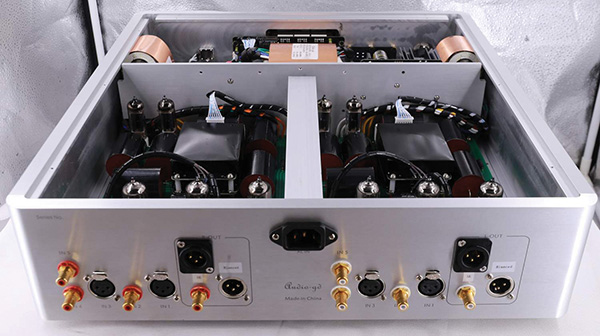| Columns Retired Columns & Blogs |
... Falcon Acoustics LS3/5a Gold Badge speakers, HR ought to consider getting an Audio Research I/50 integrated amplifier.
The I/50 costs a mere $1,500 more than the HE1 preamp.
If JA1 still has the review unit, could he send it over to HR for a follow-up?
https://www.stereophile.com/content/audio-research-i50-integrated-amplifier
https://www.hifinews.com/content/audio-research-i50-integrated-amplifier











































